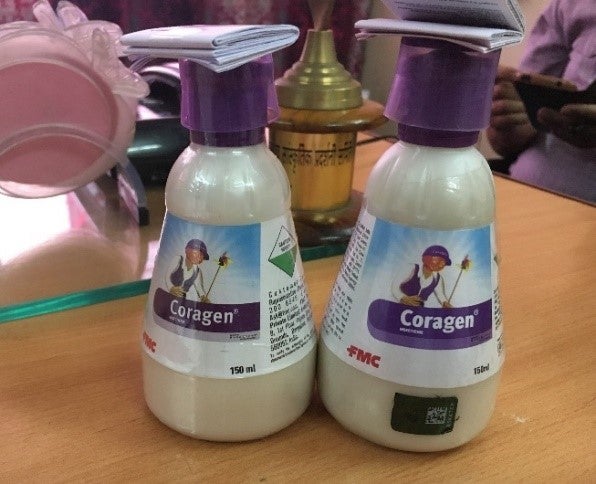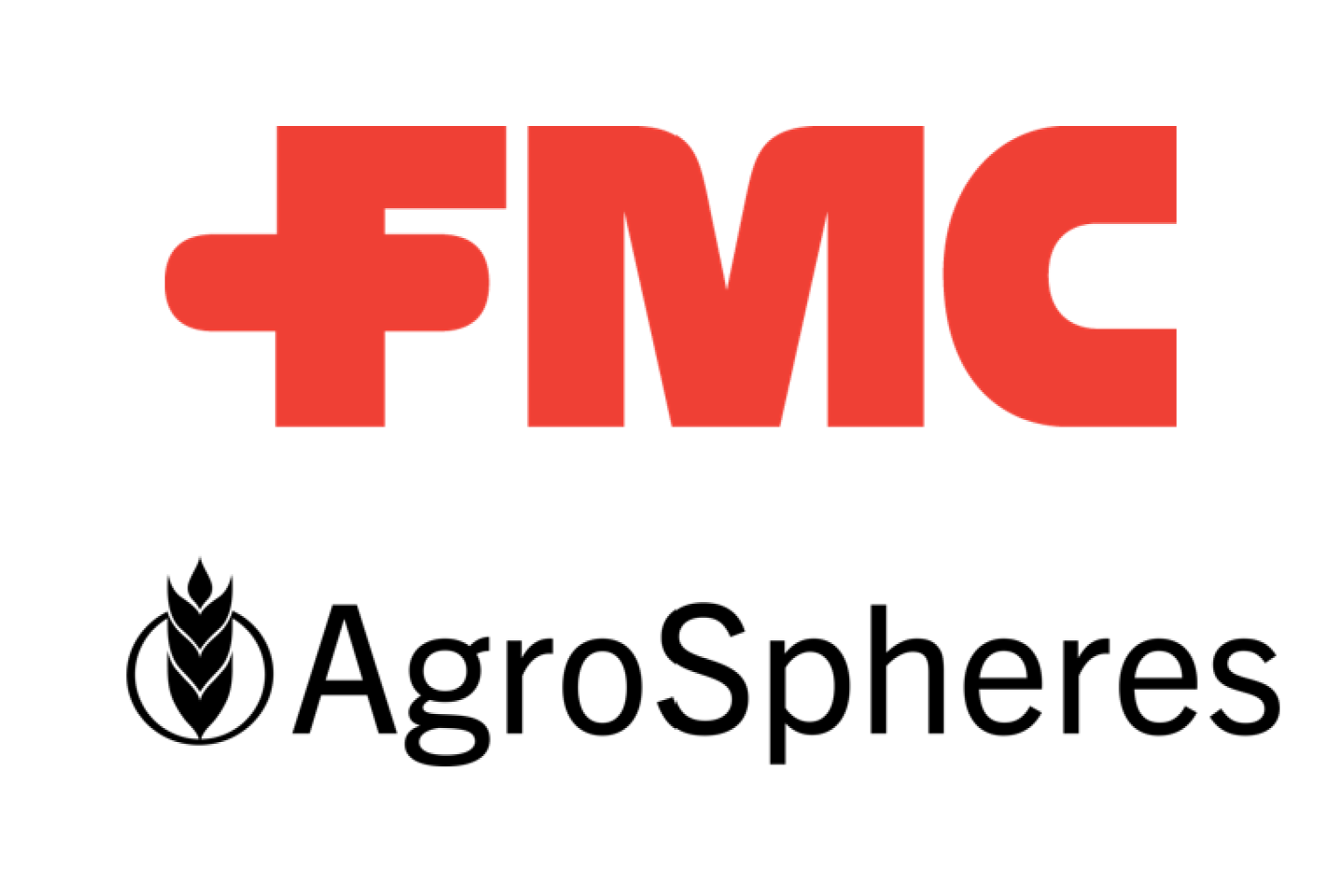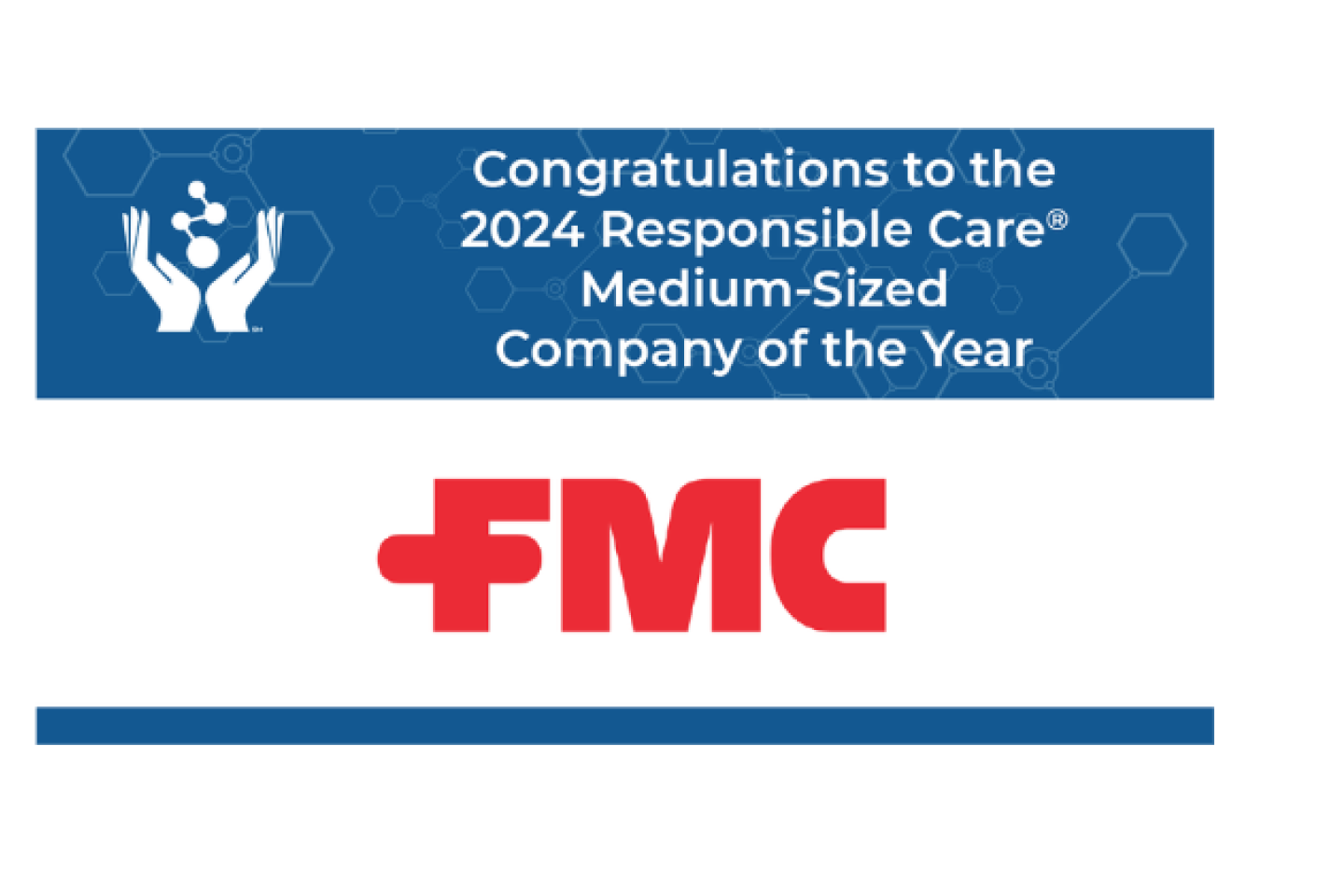We have all come across the terms "fake" and "counterfeit" , but what do these words actually mean, and do you really know the difference between the two?
On the face of it, "counterfeit" is often used as a synonym for "fake", but they're not actually the same thing. To counterfeit means to imitate something authentic, with the intent to deceive individuals into believing that the counterfeit product is the real thing.
Fake products or 'knock-offs' are products that resemble another item, but are not exactly identical.
The damage to consumers by either of these types of product can be devastating.
As an example, the picture below shows two bottles of Coragen® brand insecticide. They both look authentic right?

Guess what? The bottle on the left is actually a counterfeit product, using the same packaging and trademarks as the original product. This product is designed to deceive the customer into thinking they are getting the real thing.
Even more alarming are counterfeit pesticide products that contain additional hidden active ingredients that are not declared on the product label. Of course, if you don't know what is in the product you purchased, you won't know if it will work, or how best to use it, and it is impossible to take the appropriate precautions for your own health and safety.
The Hidden Impact of Counterfeit Pesticide Products
Counterfeiting isn't a victimless crime. There are serious unintended and damaging effects that counterfeiting leaves in its wake. As many fake pesticides are manufactured in a completely unregulated manner, there is often complete disregard for environmental laws, regulations and health and safety protocols. In particular, fake pesticides pose the following serious threats:
- Risks to health and safety of growers and consumers.
- Risks to water and soil quality.
- Risks to biodiversity and environment.
- Risk of catastrophic crop failure.
- Tarnished business reputation though loss of customers, loss of license/certification and financial penalties.
With respect to counterfeit/fake products in general, the International Chamber of Commerce (ICC) estimates that the global economic value of counterfeiting and piracy could reach $4.2 trillion by 2022 and put 5.4 million legitimate jobs at risk over that time period.
The counterfeit industry, if left unchecked, deprives governments of revenues that can be used for vital public services, forces higher burdens on taxpayers, dislocates thousands of legitimate jobs and ultimately exposes consumers to dangerous and ineffective products.
How Can You Tell and What Can You Do?
Well it's not easy, but there are tell-tale signs that should ring alarm bells and raise your suspicions.
For look-a-like or counterfeit products:
- FMC products are fitted with one or more security features such as an Izon® sticker with QR code and 3-D imaging, microtext, UV ink showing if a seal has been broken, or other types of QR codes that can be scanned for verification of authenticity, either printed on the label or hidden underneath a scratchable sticker.
- Examine the clarity of text and images/graphics – often a dubious product will have blurred text or graphics and generally will not look as “crisp" or "clean" as the original product.
- Examine the Date of Manufacture/ Batch number.
- Examine the bottle or cap seal, clarity of type-font on seal.
- Any special features of the packaging (such as measuring cup which is included - covering the lid - of some FMC products. Counterfeit versions of these products may have a different sized cup.)
For products that may contain hidden active ingredient:
- Prices at least 2x normal.
- Promotion of "mystery" ingredients.
- Promotion of control of pests for an extended period of time when the product on the label normally only provides control of pests for a limited time after the initial application.
- Promotion for use for pests, weeds or disease that are not normally the target for the active ingredient on the label.
- Promotion for use in crops that the active ingredient on the label is not normally used in.
What to do if you spot a suspicious product?
- Keep receipt, invoice or contract relating to the suspicious product.
- Report the suspicious product to local agricultural authority.
- Contact FMC’s customer care hotline, or provide related evidence and details of the sighting to your local FMC representative.


